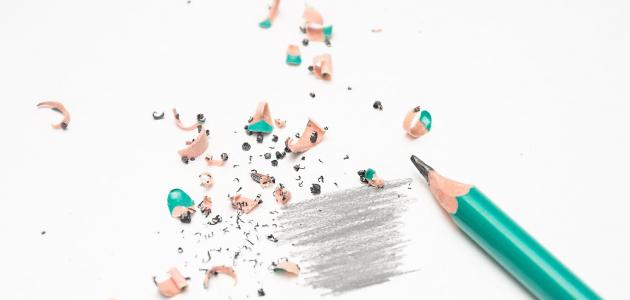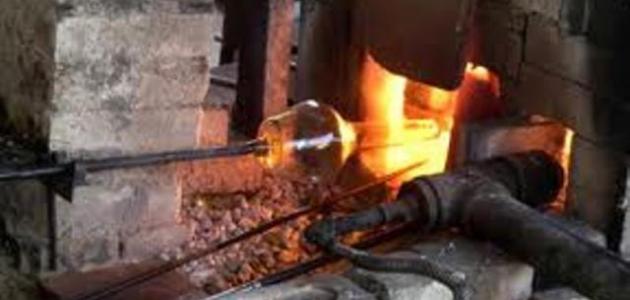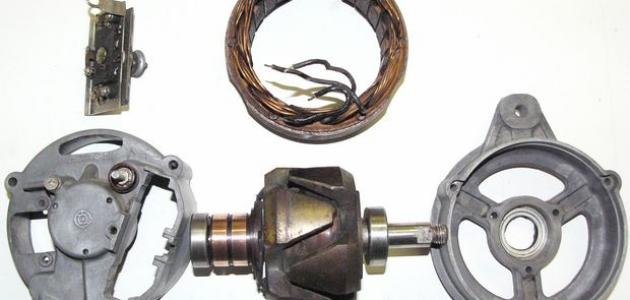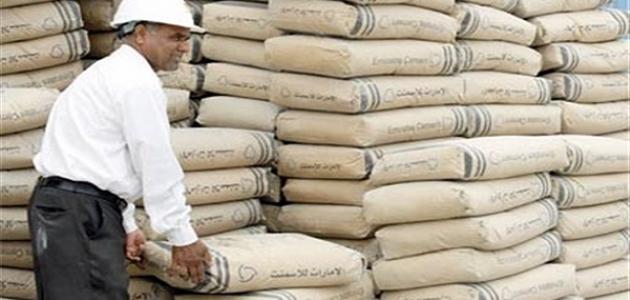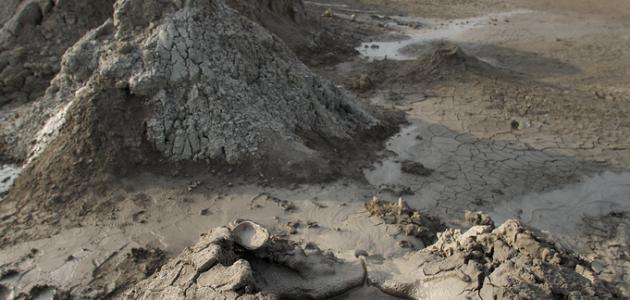Definition of pen
The pen is defined as a tool that takes several shapes, the most famous of which are rectangular and oval. The pen is used for writing and drawing on different surfaces, depending on the type and strength of the pen. The surfaces on which one can write using pens are varied and of many shapes, including: stones, papyrus, leather, and paper, and each of these surfaces has a special pen with which to write on it, as the types of pens graduated and developed from the beginning of his invention until they reached modern pencils made of graphite. , wood, and ink pens in our current era, as there were two ways of writing in the past:
- Writing with nails on clay tablets in Mesopotamia.
- Writing with reed on papyrus leaves in the Pharaonic civilization.
Discover the pen
Cuneiform writing, which was adopted by the Sumerians, is considered one of the oldest types of writing created by man, as it used the oldest tools, which were nails. This writing is five thousand years old, and it remained in use until the late first century AD. The pen in cuneiform writing was made of iron, inches, or wood sticks, depending on the nature of the materials written on it. He wrote on the metal or stone tablet with a nail, which was a metal rod whose end was broken and trimmed, and the same applies to wood sticks and inches.
Stages of pen development
The pen industry has developed since its discovery and throughout the ages, and the following are the most prominent stages and tools used at each stage
Read also:Benefits of turmeric soap for the skin- screwIt is a metal rod whose end is broken and trimmed, and written on metal or stone tablets.
- Wood pens: Which consisted of wooden sticks that were broken, trimmed, and written on wax or clay.
- The fine linen; It was written on papyrus using a type of ink in the Pharaonic civilization.
- bird feathers: Where it was written using ink in the Pharaonic civilization.
- StelosIt is a pointed metal rod that the Greeks and Romans used to write on papyrus and leather, and used it to engrave on ceramics and alabaster.
- the pen: Where Muslims made it from the pulp of green palm leaves and the finest types of reeds, they would trim and sharpen it according to the thickness of the line to be written.
- Writing featherIt is a stick with camel hair bristles at the end, from which the well-known paintbrush developed in our current era.
- the pencils: Pens made of graphite, which is a type of carbon, but when graphite was discovered, scientists thought it was a type of lead, so pencils were given this name, and the name remained the same even after the development of science and scientists discovered that graphite is nothing but a type of carbon.
- Fountain pensThe patent for the fountain pen was issued in the United States of America in 1867 in the name of Klein and Henry W. Wayne. The pen is made of two tubes, one containing ink, which is placed inside the second tube, at the end of which is the pen's feather.
- Felt pens: It consists of an ink tank, but the pen nib is made of felt.
- Aquarelle pensThese pens can be used dry or wet by moistening them with water.
- Pastel pencilsIt is made from a paste that is dyed with powder, resulting in pens of different colors. It is also softened by adding Arabic musk to it.
How to make a pen
Pencil industry
Pencils are manufactured according to organized steps that include the following:
Read also:How to make a simple generator- Tree wood is cut into small pieces; Special types of wood are used for this industry, most notably cedar wood.
- These small pieces of cedar wood are cut into smaller wooden strips.
- Small slices of cedar wood are treated with dyes and wax.
- Deep grooves are carved into these wooden slices to place the writing material, which is graphite, inside them using a specialized machine.
- The inner material is made; It is a writing material made of a paste consisting of carbon and clay. It is then placed inside the wood slice that was drilled.
- The process is repeated to make another slice and attach it to the first slice to make it resemble a sandwich.
- The two glued strips are inserted into a special machine and the pen comes out in its final, conventional shape.
- The large piece of pen is cut into small pieces of equal length, and treated to a smooth texture by sanding it using sand.
- Small pens are painted in the chosen colors.
- Part of the tip of the pen is scraped off to fit the metal piece that is used to insert the eraser into it.
- The metal piece and the eraser are inserted, and the pen is ready for use.
Manufacture of fountain pens
Fountain pens are manufactured according to basic steps, which include the following:
- Ink liquid industry: Large quantities of ink are manufactured in a designated part of the factory in varying batches. The basic materials are poured into the tank, and their temperature and mixing degree are also controlled by control computers. The mixture can be heated and cooled when necessary. To enhance the process of mixing materials and combining them with each other in less time.
- Forming the metal structureThe metal part of the pen is made by cutting copper chains into cylindrical pieces using cutting machines, then the piece of copper is softened and poured into the pressure chamber, which consists of several parts. You form this piece by pressing the copper liquid into a mold, and keeping it under the press until the desired structure is formed.
- Cleaning the metal structureThe formed piece is cleaned by submerging it in water to remove the oils used in the shaping process, then cut to the required dimensions and painted. The piece is cleaned again to ensure that there are no remaining oils in the pen’s body.
- Installing the ball into the pen headThe circular piece is usually purchased ready-made and inserted into the cavity of the metal piece to rest in the head.
- Plastic tube formationThe pen body and ink reservoir are manufactured either by injection molding or extrusion molding, and in both cases plastic is used in the form of granules or in the form of powder. Molding is done using extrusion by heating the plastic material so that it becomes a thick material that is placed in molds to be shaped, cooled and cut to the required dimensions for the pen body and ink tank. As for injection molding, it is used for more complex shapes. The plastic is melted into a liquid form, then forcefully injected into a mold to form and cool, then cut into the required dimensions.
- Collecting and assembling parts: After completing the formation process, the assembly process takes place. The tank is filled with appropriately colored ink, then the spring is placed on the ink tank, if any, and then the metal piece and the ink tank are placed inside the pen’s outer body. At this stage, the decoration, final paint, and other finishes are also completed.
- Packaging: Pens are packed in boxes or bags and wrapped; To be ready for sale.
Popular paint colors for pencils
There are many common colors of pencils, including:
Read also:Stages of paper making- yellow: This color is used to paint pencils in the United States of America.
- the green: This color is used to paint pencils in Germany.
- Dark red or black striped with yellow: These colors are used to paint pencils in southern Europe.
- Red ending with a black band: This color is used to paint pencils in Australia.
Approved standards for pencils
There are two approved standards for pencils: the European standard and the American standard, and the following is the system for each:
European system
This system adopts the (H) scale to indicate hardness, the (F) scale to indicate the thickness of the pen tip, and the (B) scale to indicate the intensity of blackness. (HB) is the standard grade approved in this system for pencils, and artists usually use this scale for pencils. .
American system
This system only uses numbers; It was invented and developed to meet the symbols in the European standard for pencils. The number 1 corresponds to the symbol (B) in the European standard, while the number 2.5 corresponds to the symbol (F), the number 2 the symbol (HB), and the number 3 the symbol (H) of the same system.
